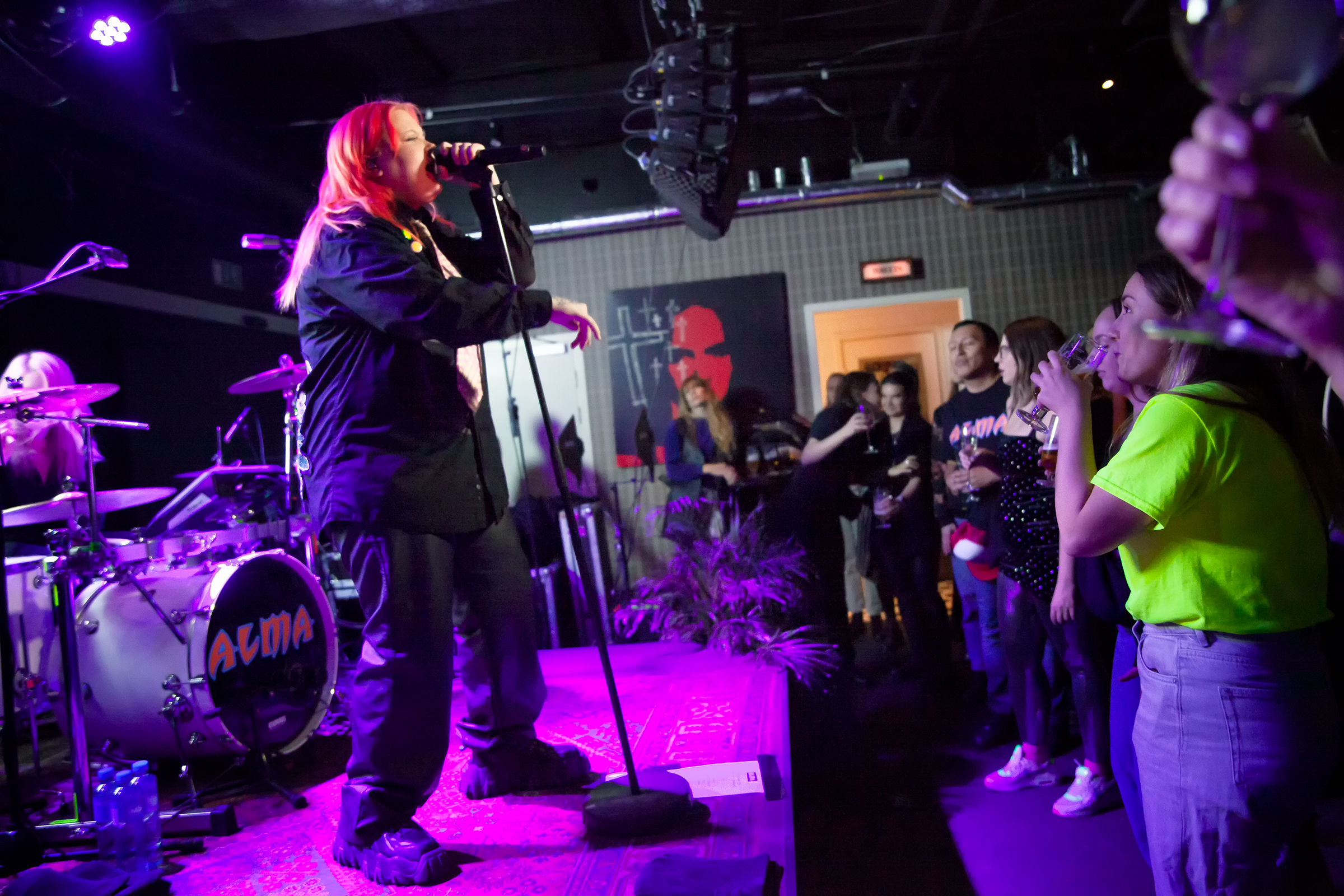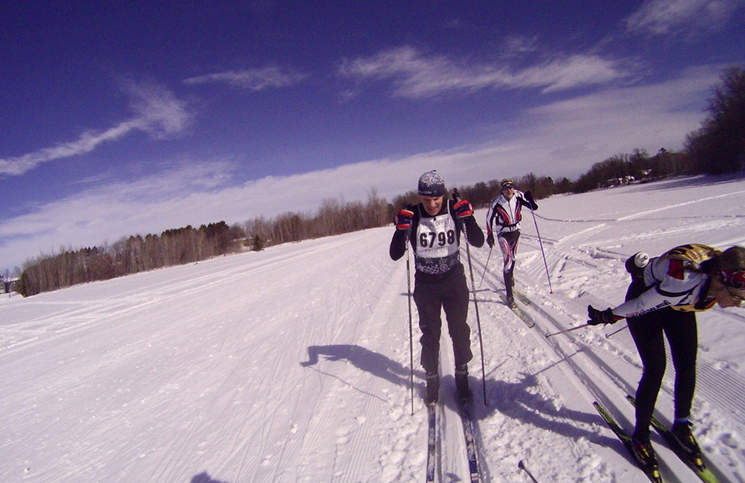YLC’s Judi Lembke has the lowdown on Sunday’s main event; Sweden’s biggest, baddest ski race, where thousands of participants take to their skis to follow in the footsteps of an ancient king.
Ah, yes, Vasaloppet, where thousands upon thousands of Swedes, along with people from all over the world, jump on their skis to race nearly 100 km from Dalarna to Mora, all in an odd mixture of competition, history and enormous amounts of mucus. It’s also the biggest, baddest and oldest cross-country ski race in the world, with the 2014 seeing upwards of 80 thousand people signed up for one of the Vasa Week events, including nearly 20 thousand for Sunday’s big race.
Over the years I’ve heard bits and bobs about the history of Vasaloppet and that bastion of truth, Wikipedia, backs up most of what I’ve heard so here’s a very fast and dirty tutorial, designed to arm you for the Monday morning quarterbacking you may well face.
Vasaloppet is held in honour of the young nobleman Gustav Ericsson Vasa, who in 1520 hopped on a pair of skis to escape the pursuing troops of Christian II, King of Sweden, Denmark and Norway (then known as the Kalmar Union). Along with much of the rest of the Nobility, Young Vasa was in opposition to the king, whose somewhat over-the-top bloodlust led to him not only killing large portions of the aristocracy (including Vasa’s parents) but also to being saddled with the unfortunate moniker Christian the Tyrant.

Fearing for his life, Vasa escaped the Stockholm Bloodbath (also known as the Stockholm Massacre) and headed to Mora, where he tried to interest the townfolk in supporting his calls for a rebellion. No one in Mora was much interested and with the King’s troops hot on his trail Vasa hightailed it towards Norway, in search of refuge.
While Vasa thought his fiery words of rebellion had fallen on deaf ears back in Mora it seems at least two men were suitably moved to catch up with Vasa in Sälen, where they now wanted him to lead the rebellion. Actually, it was hearing that Denmark was planning on raising taxes that changed the two men’s minds but let’s not quibble about the details; the important thing here is that the spark was lit, the rebellion was on and to make a long story short on 6 June 1523 Gustav Vasa was crowned King of Sweden, having defeated Christian the Tyrant and dissolved the Kalmar Unoin.
So now you’re asking how any of this has to do with an enormous amount of people skiing long distances across the middle of the country? It makes sense that Sweden celebrates its national day on 6 June, the anniversary of Vasa’s crowning, but the skiing? What about the skiing?
Well, here’s the deal: the race represents Vasa’s flight (along with Mora’s two most famous tax-dodgers) from the tyrant king and his henchmen, and live the Vasa motto, ‘In the footsteps of our forefathers for the victories of tomorrow’. It’s also a great excuse to slap some slippery bits of wood on to your feet and take part in what Sports Illustrated once called ‘one of the most bizarre, most foolish, most excruciating, most exalted human events of our time’.
Vasaloppet is televised live on SVT, where you can sit for literally hours watching as the crème de la crème of the international cross country world zoom towards the finish line. And then you can watch the other 19 thousand plus participants huff and puff for many more hours in what some see as an amazing display of sportsmanship and fortitude – and others see as an exercise in blazing stupidity. The jury’s still out on that one, to be honest.
90 kilometers, folks. NINETY KILOMETERS! That is a lot of time in the snowy backlands of middle Sweden, with the end result being that you’ll cross the finish line too tired to smile or even lift your arms in victory.
You’ll also most likely end up with frozen bogie icicles hanging down your face (don’t think I’m kidding about this) in full view of not only the thousands upon thousands of spectators, but of millions more watching from the comfort of their sofas. There’s a snapshot for the family photo album!
Now, that comfort of your sofa thing. SVT starts broadcasting the race at 8 am, which is tad early for a Sunday morning if you ask me. My suggestion is to flip on the TV, settle onto the sofa comfortably and if anyone suggests that maybe you could help with the vacuuming or ironing or maybe even do a bit of gardening work, lift a brow, nod towards the telly, and in low, reverential tones whisper, ‘Major Swedish tradition, darling. I’m trying to assimilate.’ Then get back to your shuteye, making sure to set your alarm in time to see who wins, which should be in under four hours.
Some interesting facts about Vasaloppet you might not be aware of:
- Vasaloppet Week consists of seven races over 10 days.
- Since 1922 more than 1 million skiers have crossed the finish line.
- Nils ‘Mora Nisse’ Karlsson has won Vasaloppet nine times.
- Bengt Erksson from Sälen has participated in more races than anyone: 59 to date, without a break.
- More than 98 thousand litres of blueberry soup, sports drinks, gruel and coffee is consumed at 7 food stations.
- The record for Vasaloppet was set in 2012 by Jörgen Brink, with a time of 3 hours, 38 minutes, 41 seconds.
See, you DO learn something new every day!
Judi Lembke
Judi Lembke is an international editor and writer who, when not shackled to her computer, enjoys reading, cooking and sometimes watching embarrassingly bad reality TV. Judi also works with communications and thinks coming up with clever ideas is about as much fun as one can have without taking off one’s clothes.
Featured Image: Rich Hoeg/Flickr (file)













1 Comment